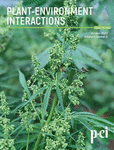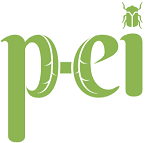Journal list menu
Export Citations
Download PDFs
ISSUE INFORMATION
Issue Information
- Page: i
- First Published: 10 October 2023
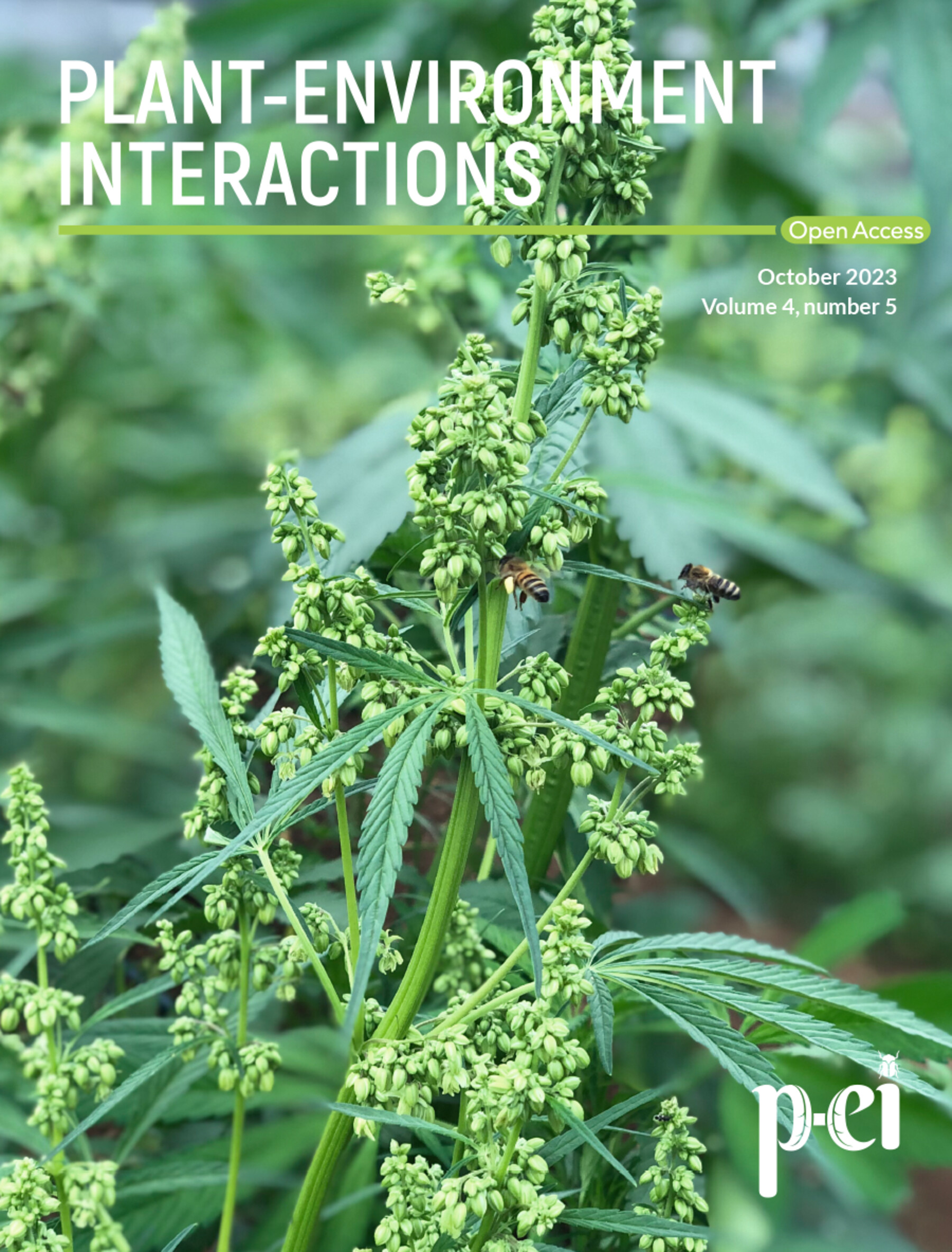
Cannabis sativa L. is a versatile crop attracting increasing attention for food, fibre, and medical uses. As a dioecious species, males and females are visually indistinguishable during early growth. For seed or cannabinoid production, a higher number of female plants is economically advantageous. Currently, sex determination is labour intensive and costly. In this issue, Matros et al. used rapid and non-destructive hyperspectral measurement, an emerging means of assessing plant physiological status, to reliably differentiate males and females.
Cover image: Photographic image of a dioecious Cannabis sativa L. plant showing a male plant of the cultivar HAN FN H at the time point of sex annotation (05/03/2020, nine weeks after sowing into the field).
REVIEW
A multi-level approach reveals key physiological and molecular traits in the response of two rice genotypes subjected to water deficit at the reproductive stage
- Pages: 229-257
- First Published: 15 September 2023
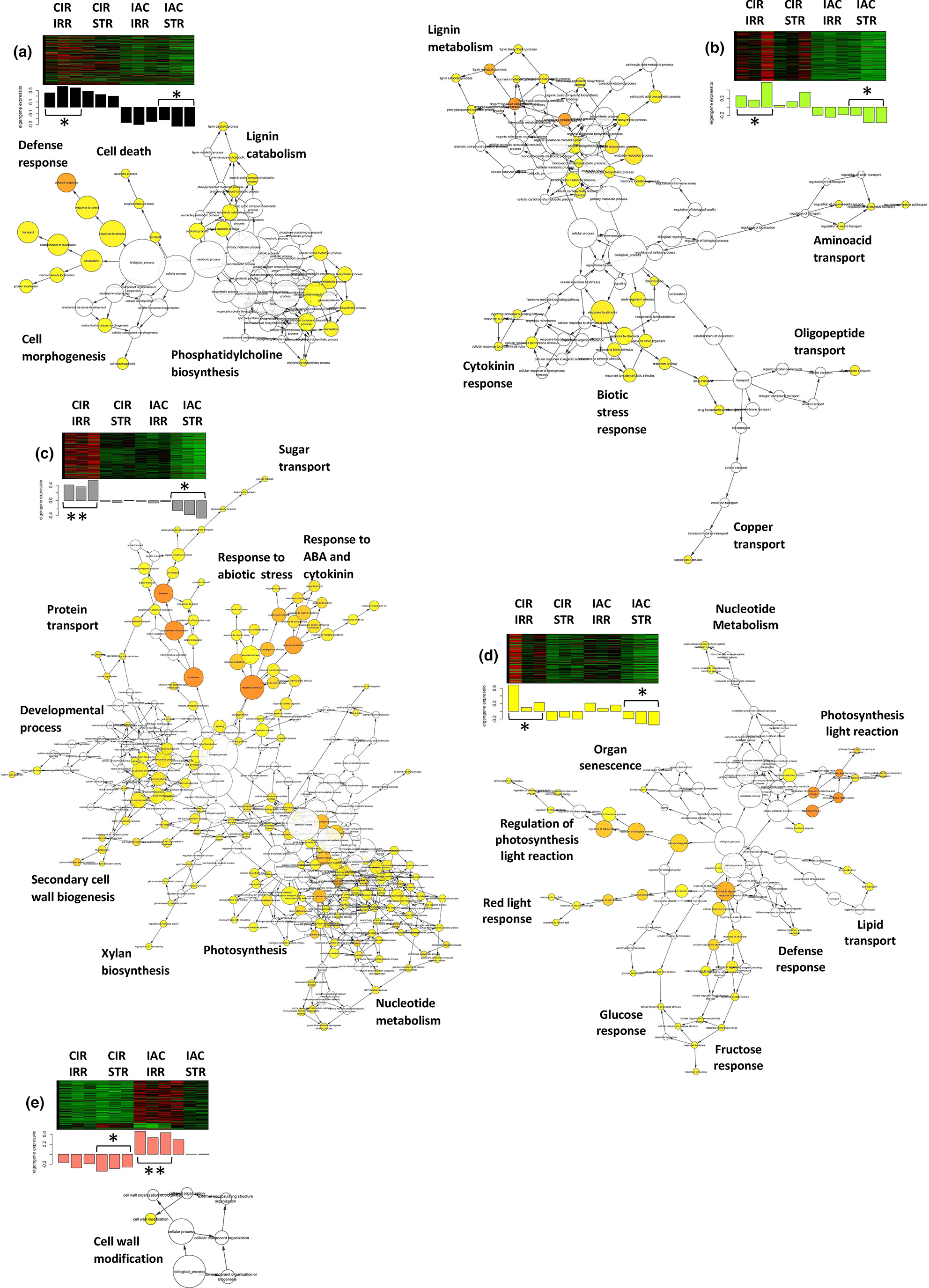
Two rice genotypes were subjected to a moderate water deficit applied during the reproductive phase. Multi-level transcriptomic, metabolomic, physiological, and morphological analyses were performed to investigate the complex traits involved in their response to drought. A holistic analysis of these data allowed us to identify, for each genotype, underlying mechanisms participating in growth regulation under water stress.
RESEARCH ARTICLES
Non-invasive assessment of cultivar and sex of Cannabis sativa L. by means of hyperspectral measurement
- Pages: 258-274
- First Published: 17 August 2023

We have investigated the possibility of utilizing the leaf spectral phenotype of nine distinct cultivars of Cannabis sativa L. for several differentiation tasks by means of machine learning algorithms. Our approach was proven valuable for the non-invasive assessment of the cultivar and nutritional status as well as for sex prediction very early during plant development under field conditions. We believe that this approach will improve the regulatory security and productivity across all cannabis production systems and discuss the possible monitoring of such traits in other crops.
Halomonas ventosae JPT10 promotes salt tolerance in foxtail millet (Setaria italica) by affecting the levels of multiple antioxidants and phytohormones
- Pages: 275-290
- First Published: 11 September 2023
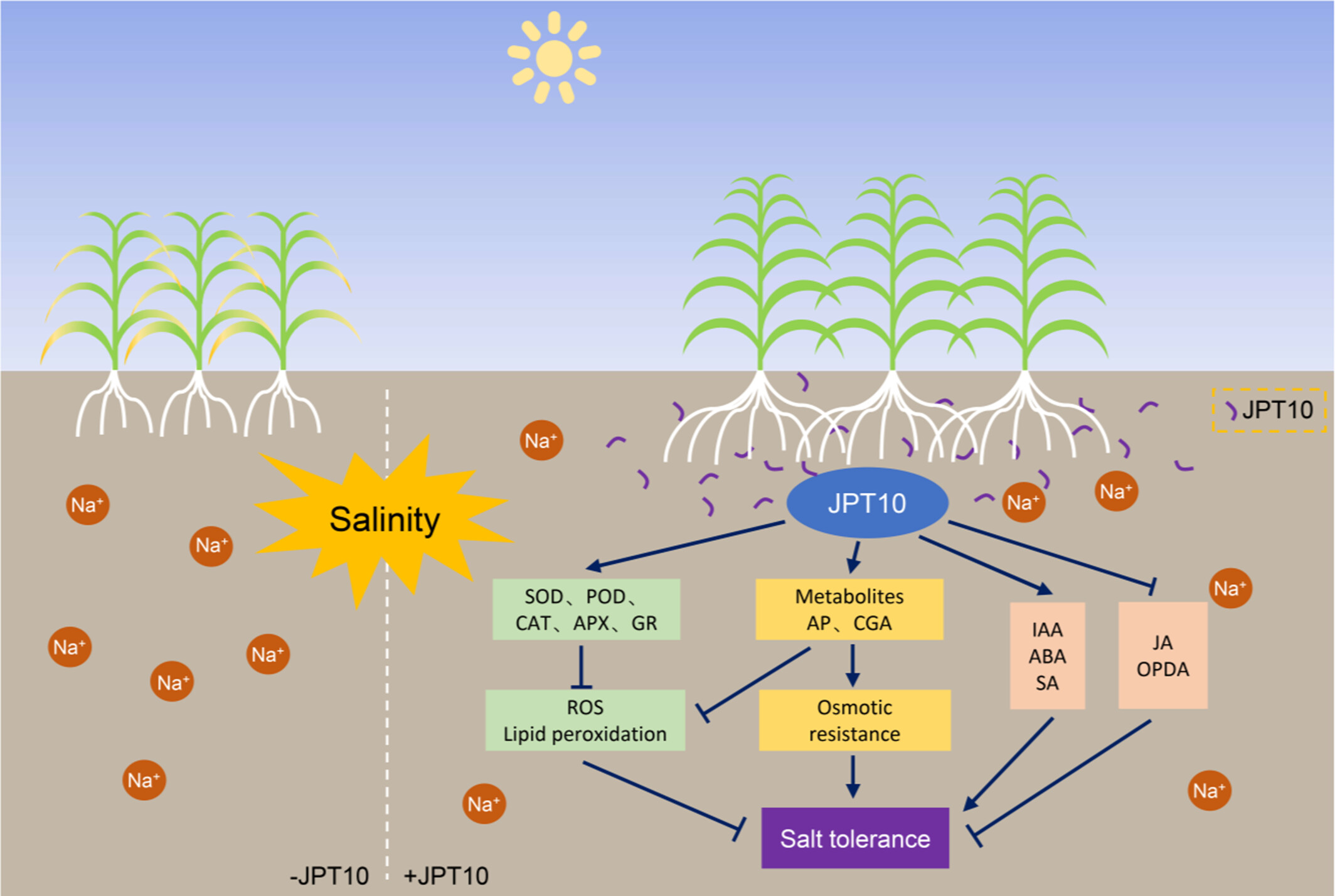
We demonstrated that Halomonas ventosae JPT10 promoted the salt tolerance of both dicots and monocots. JPT10 could improve the antioxidant capability of foxtail millet and the levels of abscisic acid, indole-3-acetic acid, salicylic acid, and their derivatives but reduce the levels of 12-oxo-phytodienoic acid (OPDA), jasmonate (JA), and JA-isoleucine (JA-Ile).
A comparative analysis of agronomic water-use efficiency and its proxy measures as derived from key morpho-physiological and supportive quantitative genetics attributes of perennial ryegrass under imposed drought
- Pages: 291-307
- First Published: 30 August 2023
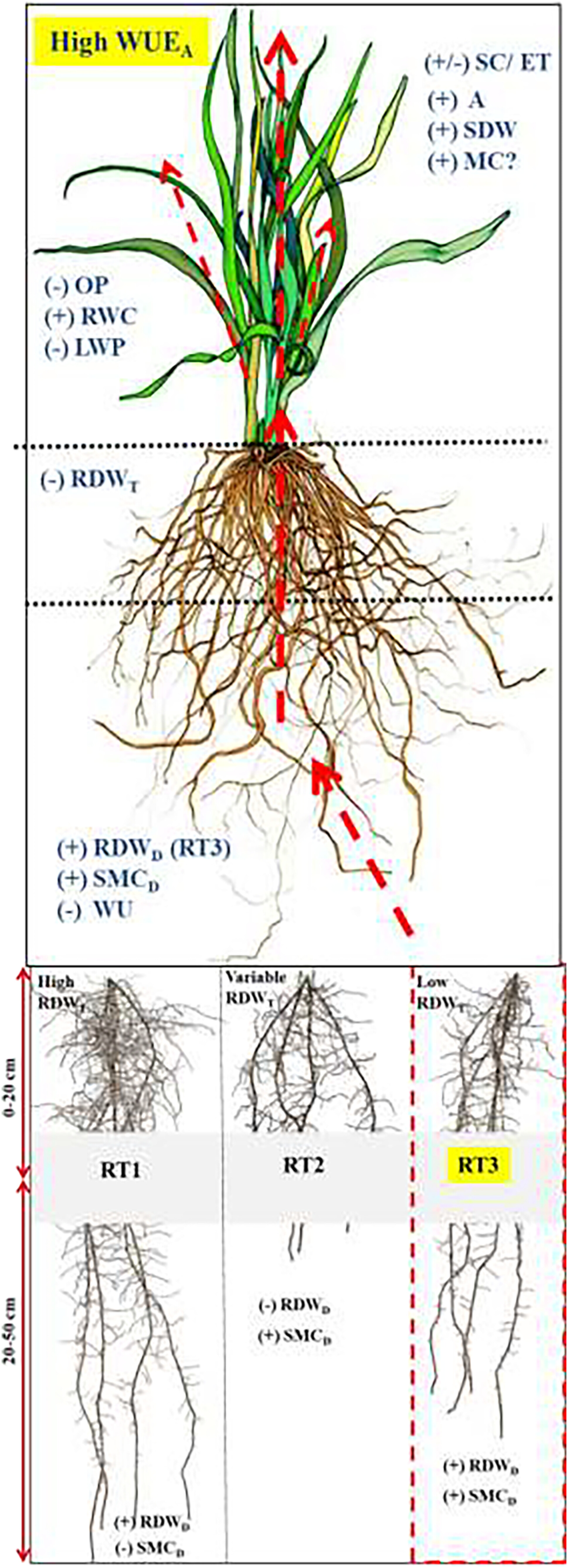
Our results highlight the importance of selecting perennial ryegrass for agronomic water-use efficiency (WUEa) at the whole-plant level over its proxy measures for forage breeding purposes. The result was generated by key drought-tolerant trait associations linked to WUEa and reinforced by its higher genetic potential and repeatability compared with those of surrogate measures under the conditions tested.




